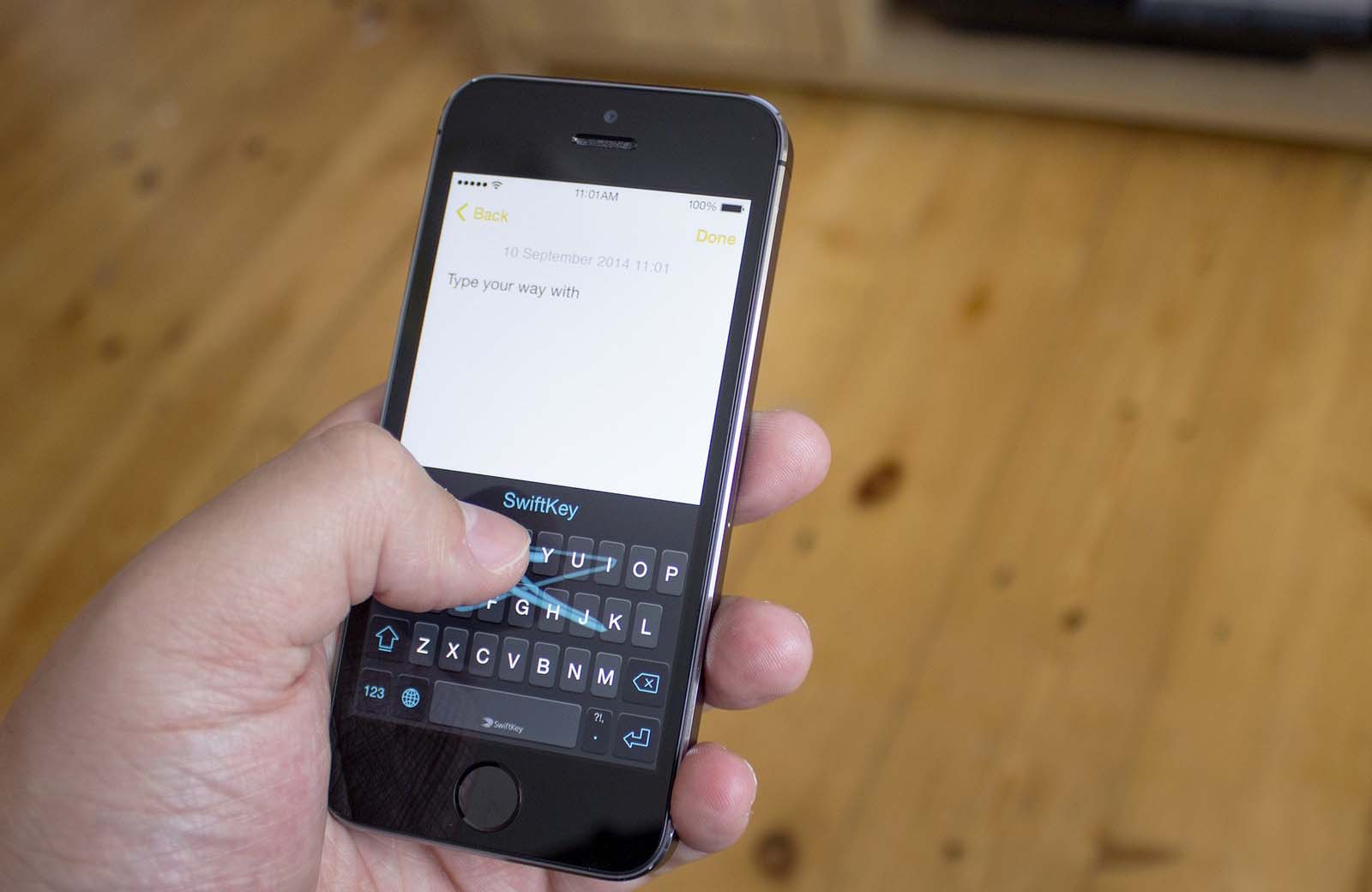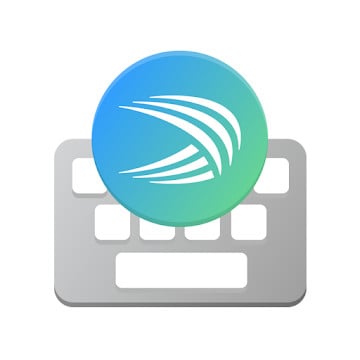A highly requested feature is now available on SwiftKey.
What you need to know
- SwiftKey for iOS now supports cursor control for iPhone 11 devices.
- The feature allows you to move your keyboard cursor by dragging your thumb along the spacebar.
- The feature brings cursor control to the iPhone 11 and above.
SwiftKey for iOS recently gained support for cursor control (via OnMSFT) on the iPhone 11 series. The feature allows you to move your keyboard's cursor by dragging your thumb along the spacebar. This is a popular feature that's supported by other third-party keyboards, and it's a welcome addition to SwiftKey.
The update brings SwiftKey to version 2.7.3 and also brings a bug fix. Here's the complete changelog:
We've added support for cursor control on iPhone 11 (& above). Try it out by long pressing on the spacebar. Note: it is not possible to trigger cursor control if using more than one layout.
We've fixed a bug on iOS 10 that caused the keyboard to shrink horizontally.
The feature was previously available, and still is, for older iPhones with 3D Touch support. Because the iPhone 11 series doesn't have 3D Touch, this update enables cursor control via a software solution for those devices.
OnMSFT points out that to activate the feature, you need to move your finger above the spacebar after you press it. This is slightly different than what the changelog states but ultimately allows you to control the keyboard cursor with a simple gesture.
Cursor support is the latest feature to roll out for the regularly updated SwiftKey. The keyboard gained voice typing and trending GIFs towards the end of last year and a new messaging center earlier this month.
Updated 2:28 p.m. January 23, 2019: Corrected story to note that cursor control was previously available with iPhones that sported 3D Touch.
SwiftKey
SwiftKey provides a variety of input methods for your iOS device's keyboard. You can swipe to type, dictate text, and share emojis and GIFs through SwiftKey.


